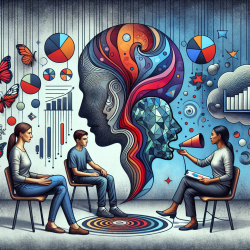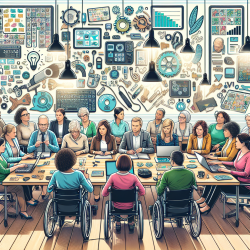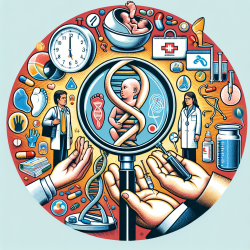Key Findings of the Research
The study explored the impact of two main characteristics of negative mental imagery—observer-perspective and vividness—on social anxiety symptoms in adolescents. Here are the core findings:- Observer-Perspective: Imagery experienced from an observer-perspective significantly predicts both concurrent and prospective social anxiety symptoms.
- Vividness: While vividness predicts concurrent social anxiety symptoms, it does not significantly predict prospective symptoms.
- Common Themes: Negative self-images often revolve around the fear of appearing anxious and the fear of being judged or seen as unacceptable.
Implementing the Findings in Therapy
To leverage these findings, consider the following strategies in your practice:1. Focus on Observer-Perspective Imagery
Since observer-perspective imagery has a significant impact on social anxiety, help your clients reframe these images. Techniques like video feedback and imagery rescripting can be highly effective. Encourage adolescents to view themselves from a first-person perspective, which may reduce the intensity of their anxiety.2. Address Common Themes
Understanding that fears of appearing anxious and being judged are prevalent can help you tailor your interventions. Use cognitive-behavioral techniques to challenge these fears and develop more accurate and positive self-images.3. Monitor Vividness
While vividness might not predict long-term anxiety, it’s still relevant for immediate symptoms. Encourage adolescents to visualize positive outcomes or neutral scenarios to reduce the vividness of negative imagery.Encouraging Further Research
The mixed findings on vividness indicate a need for more research. Encourage your colleagues and yourself to delve deeper into this aspect. Conducting or participating in studies can contribute to a more comprehensive understanding and better therapeutic techniques.Conclusion
By integrating these research findings into your practice, you can significantly enhance the effectiveness of your interventions for socially anxious adolescents. The focus on observer-perspective and common themes in negative imagery can lead to more targeted and successful outcomes.To read the original research paper, please follow this link: Characterising Negative Mental Imagery in Adolescent Social Anxiety.










